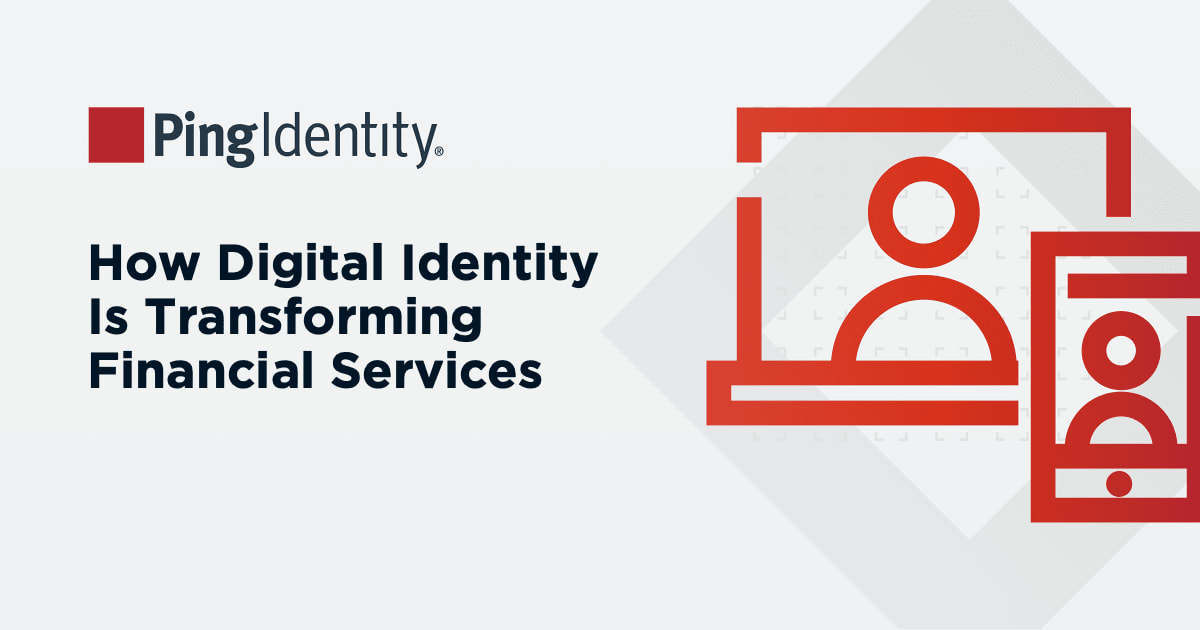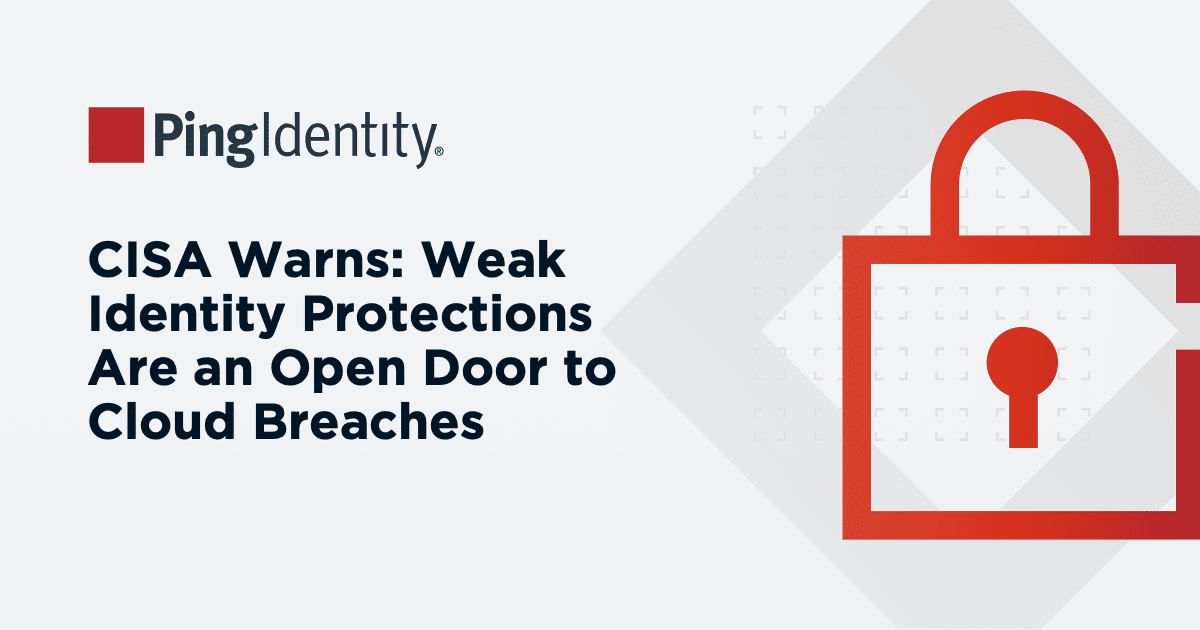Security fatigue describes the feeling of exhaustion users experience when they are inundated with too many security measures. Particularly in the workplace, staff can become overwhelmed with security warnings, IT alerts, cybersecurity policy documents, password change requests, or even media consumption of stories about data breaches at other companies.
Overworked admins, who may be managing many thousands of identities and privileges, are often forced to give blanket permissions, which can lead to over-privileged or unauthorized access – an enormous risk in any organization.
Symptoms of Security Fatigue
To combat security fatigue, you must understand how it presents itself – in yourself and your users. These so-called symptoms of security fatigue are signs that you should rethink the way you handle cybersecurity for your company. Look out for:
- Reduced attention during security training or processes
- Frequent password reset requests from the user
- Unsafe password practices, such as weak passwords or sharing them with coworkers, family, or friends
- A sense of frustration with security measures
- Ignoring software updates
- Bypassing security by connecting to your server without a VPN or on public Wi-Fi
- Demonstrating risky online behavior
Risky online behavior in the context of security fatigue doesn't necessarily include gambling or anything nefarious or inappropriate for the workplace. However, it can be just as damaging in different ways. When users are faced with cybersecurity fatigue, they tend to forgo the recommended security measures and may not be as vigilant about avoiding online threats.
If you notice employees opening, responding to, or clicking through links in suspicious emails, it's a clear sign that they aren't as engaged in cybersecurity best practices as they should be. You can test this by sending out planned phishing emails and tracking users who click through, and use that information to adjust or expand your cybersecurity training.
MFA Fatigue
Multi-factor authentication (MFA) is a common cybersecurity measure taken by companies, but it can also reveal a security fatigue issue. Bad actors are well aware that organizations use MFA and are actively trying to fight their way through these security walls. One of these ways is MFA prompt bombing, which causes MFA fatigue.
If users aren't careful, they can fall for this social engineering tactic. Typical MFA includes an authentication request sent to a user's device, such as a phone or tablet, after which the user taps the screen to "accept" that the authentication is legitimate. Attackers are, in turn, sending out fake MFA notifications, sometimes multiple times, to trick a frustrated or fatigued user into "accepting" the notification simply to make it go away. Once accepted, the attacker can gain unbridled access to user accounts.


